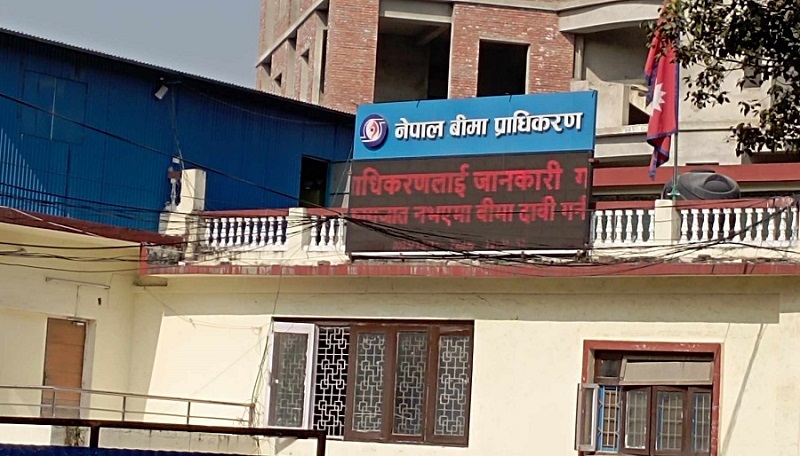New Taxi Classification System Introduced to Modernize Public Transport
White taxi cars parking along the footpath in Adelaide, Australia with blurred background
21st July 2025, Kathmandu
Starting from Baisakh 30, 2082, the Government of Nepal has officially implemented a new national taxi classification system. Under this system, all operating taxis are now divided into three categories: Ordinary, Deluxe, and Luxury. The change, part of the updated National Taxi Standards 2081, replaces the previous Meter-Equipped Taxi Standard 2076.
This regulatory upgrade is aimed at enhancing passenger safety, comfort, and service transparency. Introduced by the Ministry of Physical Infrastructure and Transport, the move also lays the foundation for a more organized fare structure.
Three-Tier Taxi Classification in Nepal
From now on, every taxi on Nepal’s roads must be registered under one of the three newly defined categories. According to the Department of Transport Management, the classification is based on vehicle size, engine capacity, safety standards, and comfort features.
- Ordinary taxis will continue to operate under government-controlled fare rates.
- Deluxe taxis can charge up to 20% more than Ordinary taxis.
- Luxury taxis are permitted to charge up to 100% more than the base rate.
Any taxi registered before Baisakh 30 will automatically be classified as Ordinary unless the owner applies for reclassification and the vehicle meets the required technical and safety criteria.
However, not all vehicles qualify for an upgrade. Taxis that do not meet the minimum safety requirements cannot be upgraded, no matter their visual upgrades or added amenities.
New Identification and Lighting Rules
To help riders identify the taxi class, each vehicle must now display a specific category indicator:
- “O” for Ordinary
- “D” for Deluxe
- “Y” for Luxury
These symbols must be printed in red on an 80×80 mm transparent plastic square. The sticker must be visible on four sides of the taxi, including the front windshield and rear doors.
In addition, the government has introduced a new lighting system:
- A green rooftop light means the taxi is available.
- A red light means it is occupied.
- A white light signals that the taxi is off duty.
These lights must be embedded inside the rooftop “TAXI” sign and remain clearly visible.
Mandatory Features for All Taxis
All taxis, regardless of class, must include the following mandatory features:
- Digital fare meter with a printer
- Integrated GPS navigation system
- Driver ID card with vehicle details displayed
The minimum safety features required across all categories include:
- ABS (Anti-lock Braking System)
- EBD (Electronic Brake-force Distribution)
- Dual airbags
- High-speed alert system
- Seatbelt reminder for front seats
- Rear parking sensors or a rearview camera
These features are non-negotiable, even for the lowest-tier taxis.
Technical Standards by Taxi Class
Each taxi category is defined by strict technical specifications.
Ordinary Taxis
- Combustion engine of at least 1000cc
- Torque of 65 Nm or more
- Wheelbase of 2300 mm or greater
- Boot space of at least 160 liters
- Electric motor must produce at least 40 kW
- Battery-to-GVWR ratio of at least 0.015
Deluxe Taxis
- Combustion engine must be 1200cc or higher
- Torque must be 80 Nm or more
- Wheelbase must be 2500 mm or greater
- Boot space of at least 200 liters
- Electric power of at least 50 kW
- Must include automatic air-conditioning
- At least one touchscreen display
- Power windows in both front and rear
Luxury Taxis
- Combustion engine must be at least 2000cc
- Torque of 170 Nm or more
- Wheelbase of at least 2700 mm
- Boot capacity exceeding 400 liters
- Electric motor must meet equivalent performance
- Battery-to-GVWR ratio of at least 0.025
Luxury taxis must also provide:
- Multi-zone climate control with air purification
- Rear AC vents
- Cushioned headrests and armrests
- Front and rear cup holders
- Charging ports (DC or AC) for rear passengers
- Wi-Fi internet access
They must meet minimum cabin space dimensions:
- Front headroom: at least 1000 mm
- Rear headroom: at least 950 mm
- Front legroom: at least 1000 mm
- Rear legroom: at least 900 mm
Even aftermarket installations of Wi-Fi or touchscreens are allowed, as long as performance standards are met.
Future Compliance and Direction
These standards apply to both new and existing taxis. Importers, assemblers, and body converters must ensure all vehicles meet category-specific standards before registration.
This change marks a major step toward modernizing Nepal’s public transport sector. By enforcing consistent service levels and safety features, the government aims to make taxis safer, fairer, and more comfortable.
The classification system also brings Nepal’s taxi industry closer to international standards, while addressing local concerns like unregulated pricing and aging fleets.








